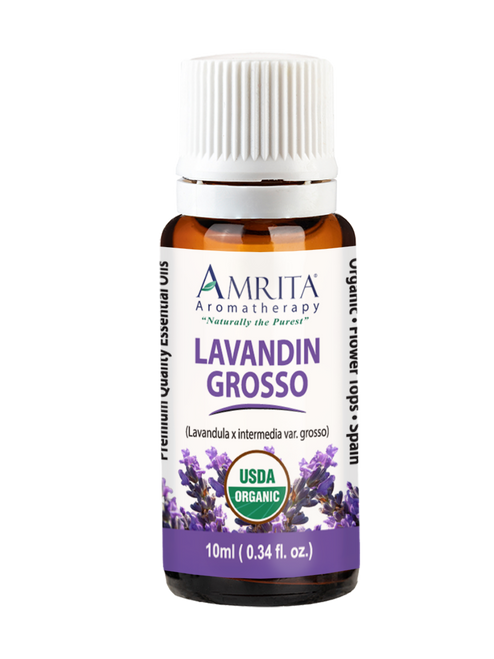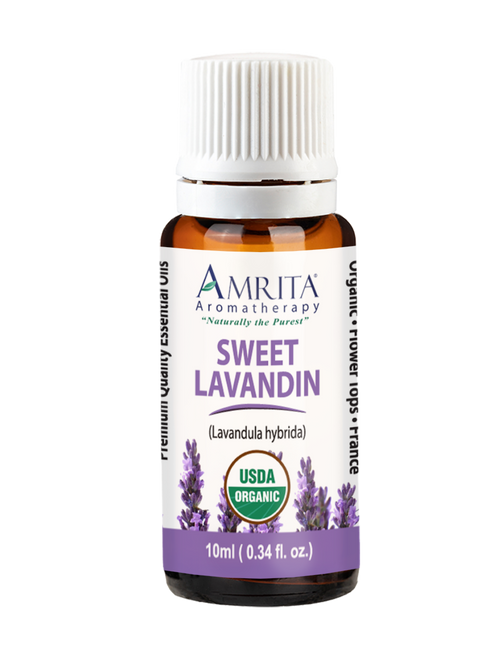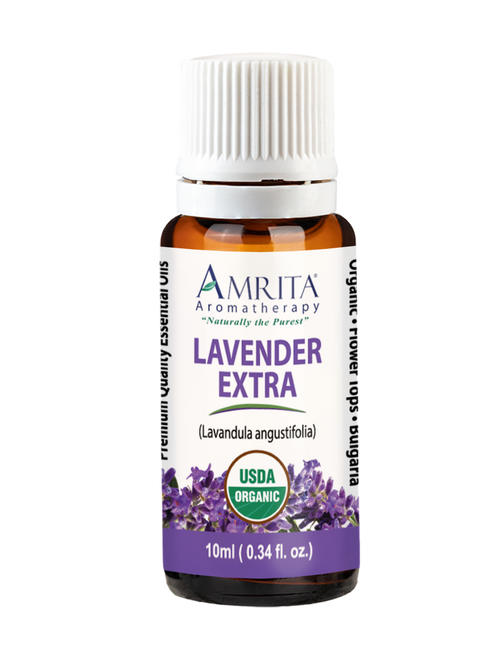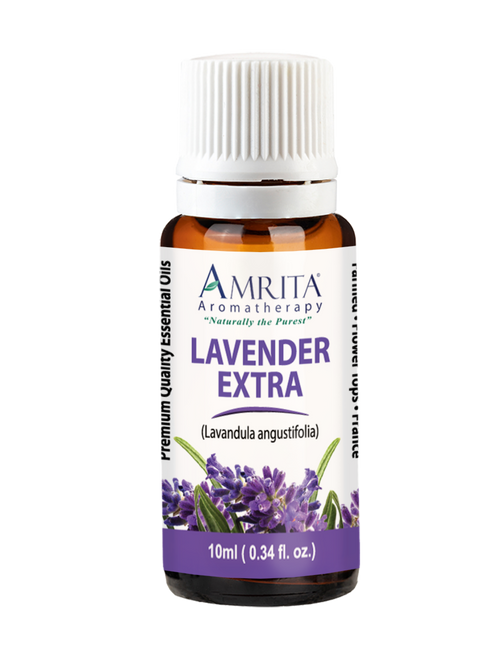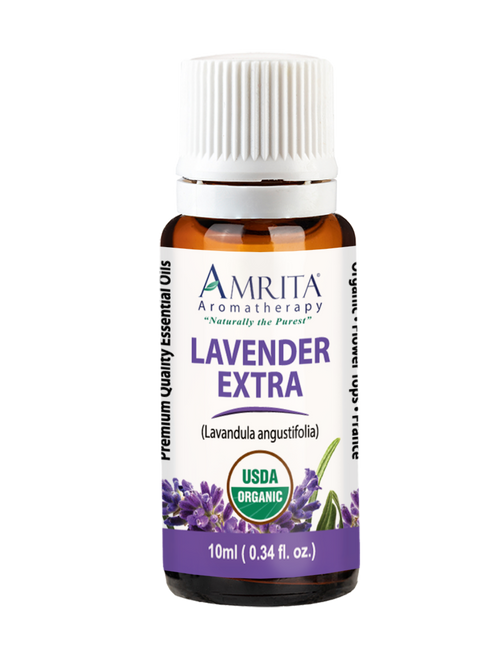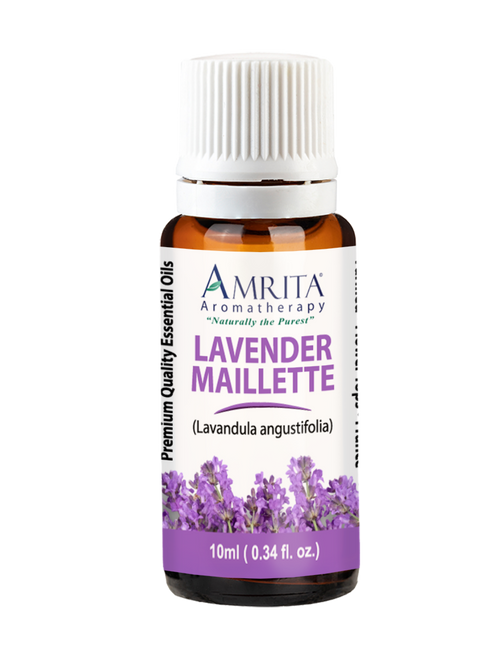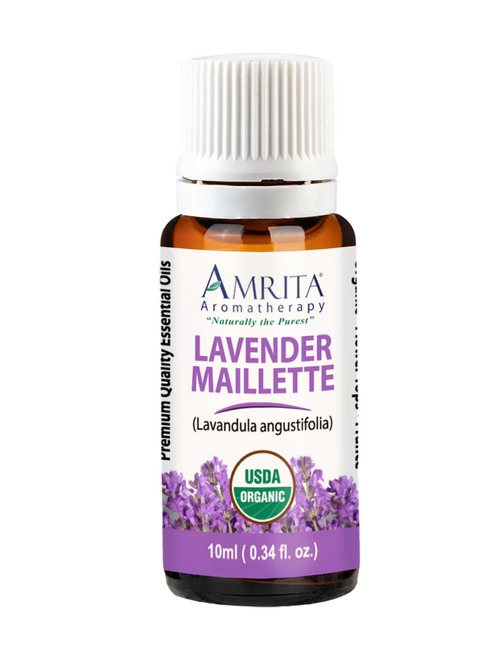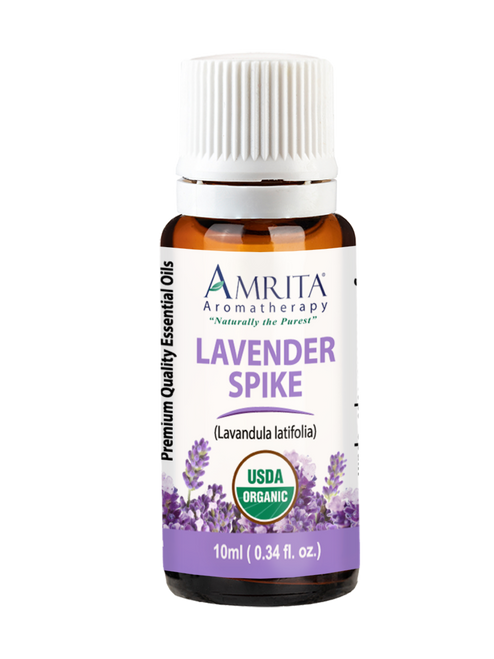-
Useful Essential Oils
Which home remedies and essential oils for earache are effective?
Lavender essential oil has traditionally been used for earaches.
Note: Never put essential oils directly in the ear. The lavender oil must be diluted to 5% in a carrier oil (25 drops per tablespoon). Calendula oil is a great choice for a carrier oil because it helps draw the heat out of the ear, unlike garlic oil. Other options include Olive oil. You may like to warm the carrier oil before you add the essential oil to make it more soothing. But be careful not to make it too hot.
Put a few drops of the diluted lavender essential oil on a cotton ball and gently insert into ear, making sure not to apply any pressure.
Learn more about aromatherapy or see our how to use essential oil videos.

-
About the Condition
What causes earache?
Earaches are very common among children and less so among adults. The most common earache is the one experienced during a cold or flu. During a cold, fluid can build up in the middle of the ear and press against the eardrum causing dull, throbbing pain. In some cases, the fluid can become infected and this is called acute otitis media (middle ear infection). Infections can be due to bacteria, or as in the case of colds, due to a virus.
Children are more susceptible to earaches because their Eustachian tube is shorter and less slanted, allowing more bacteria to travel from their upper respiratory tract to their middle ear. According to WebMD, earaches account for 30 million doctor visits a year. When adults have earaches, it is usually because fluid or mucus gets trapped in their Eustachian tubes.
Other causes of earaches can be built up earwax, throat infections, dental abscesses, or infected hair follicles. In extreme cases earaches can be caused by a perforated, or ruptured, eardrum.
-
Other Treatments
What are conventional medical treatments for earaches?
The doctor will first inspect the ear with an otoscope to look inside the ear. When the eardrum is healthy it is pink and somewhat translucent, but when it becomes infected it gets swollen, red and inflamed.
Both the American Academy of Pediatrics (AAP) and the American Academy of Family Physicians have said that doctors should not give antibiotics for 48 to 72 hours, but unfortunately not all doctors follow this guideline. Most earaches are caused by a virus and antibiotics cannot help these cases.
The guidelines say that if your child has a fever over 102 degrees and has severe cold symptoms such as a cough, runny nose that lasts for more than 48 to 72 hours, you should see a doctor.
Treatment options include:
- Pain relief such as ibuprofen
- Antibiotics
- Myringotomy: If an earache lasts for over three months and is caused by trapped fluid in the eardrum, the doctor may perform this procedure. This procedure is done by inserting tubes down the ear and draining the fluid.
For prevention, doctors recommend children getting the flu shot and the pneumococcal vaccine.
What are alternative treatments for earaches?
The main thing to remember is that you must be cautious. The ear is a sensitive place and you must make sure the eardrum has not ruptured. If the eardrum in intact, in most cases it is, gently pouring some warm oil into the ear canal is usually the top choice as a home remedy.
Other treatments that some people find helpful include:
- Heat can be really soothing to the painful ear. Put rice or popcorn in a sock, heat it up in a microwave or oven and put over ear.
- Onion juice warmed up and put in the ear can help soothe inflammation and fight infection.
- Make sure you and your family are eating a healthy, well-rounded diet. If your child gets a lot of earaches, hold off on the dairy, sugar and wheat.
Of course, essential oils traditionally have also been used for earaches. For more information, see the Useful Essential Oils tab. Never put the essential oils directly in the ear. The oil must be diluted.

